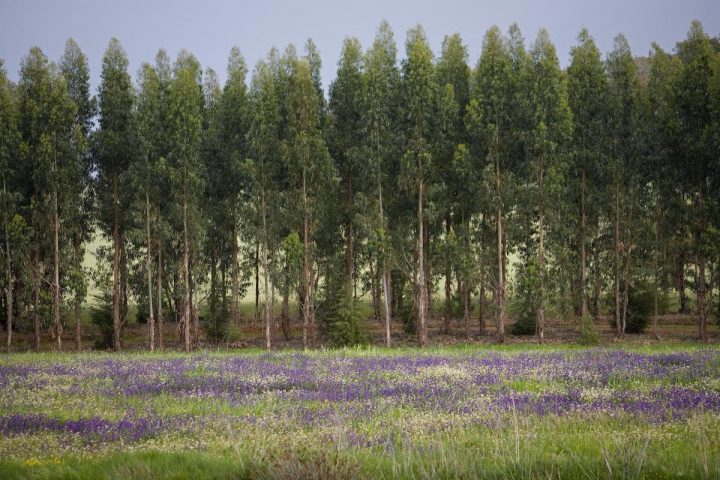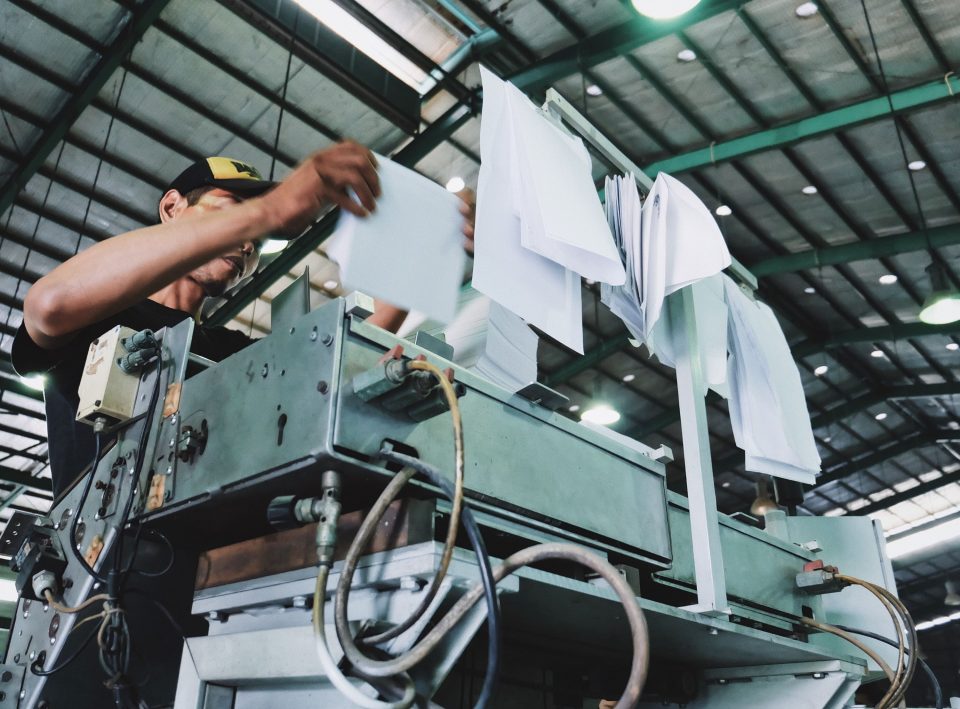Eucalyptus globulus: Giant of the forest

Let’s Get Spooky with Paper: Printable Halloween Coloring Pages
October 28, 2021
Your essential paper glossary
November 9, 2021
Did you know that not all paper is the same? The choice of the wood pulp from which to make paper can have an impact on the qualities – and quality – of the paper produced. We set off deep into the Portuguese forests to find out more…
It’s said that the very first paper was constructed from old fishing nets in China during the second century BC. Before that, the ancient Egyptians wrote on papyrus, a paper-like substance that was made from the tall reeds that grew along the banks of the Nile.
It wasn’t until Cai Lun, a Han dynasty official, standardized paper production methods and composition in the third century that paper was widely used as a writing medium in China. Paper-making techniques then slowly spread across the Far East and to Persia, until they finally reached Europe – beginning in Spain and Italy around 950 AD thanks to Arab and Moorish influences.
Paper making in Europe
Today, the European paper industry employs around 180,000 people. The primary raw material is cellulose fiber. Of the fiber used by the European pulp and paper industry, 46% comes from wood pulp and 54% from recycled paper sources.
Cellulose fiber can be obtained from almost any plant and some non-wood fiber is used in the industry. However, wood is the dominant source because of its renewable and recyclable nature, technical properties, relatively low cost, and all-year-round availability.
Importantly, the European forests from which the raw material to make paper comes are managed in a sustainable way and, because of this, they make an important contribution to biodiversity and carbon capture.
The importance of good forest management
According to industry body Two Sides, 71% of wood and 83% of pulp purchased by the European pulp and paper industry is FSC or PEFC certified. What’s more, 91% of production capacity is certified or registered according to the internationally recognized environmental management standards ISO 14001 and EMAS.3
But what of the trees themselves?
Both softwood and hardwood trees are grown to supply the paper industry. Softwood trees include spruces, firs, pines, and hemlocks. These are well suited because they are fast-growing, but hardwoods are also used. In North America, common hardwoods include poplar, oak, maple, aspen, and birch. Birch is also harvested in Europe, especially the UK and Scandinavia. However, in Brazil, Portugal, Spain, and Australia by far the most common tree grown for the papermaking industry is the Eucalyptus.
Which is the best tree for paper making?
European paper manufacturer Navigator Paper believes that the giant Eucalyptus globulus trees grown in Portugal to supply the European paper industry make the best paper. In fact, it has recently released a video explaining what makes these trees so well suited to papermaking.
Watch the video “Forest Giant”

According to the company, the Eucalyptus Globulus tree is the ideal fiber source for high-quality printing and writing paper.
The cellulose fiber made from Eucalyptus Globulus has thicker cell walls than other cellulose fibers and this results in a stiffer and bulkier paper. This gives the paper made from these trees are higher opacity and makes it ideal for double-sided printing. Plus, it can help with productivity because it is less likely to jam in the printer.
Perhaps the best qualities of the Eucalyptus Globulus tree, however, are its sustainability credentials. As well as being fast-growing, it actually produces more pulp from the same amount of wood. It can produce up to 68% more pulp than the equivalent amount of pine!
It’s for these reasons that Navigator Paper only uses Eucalyptus Globulus fibers in its paper.
Want to know more?
- Watch the Navigator Paper explainer here: https://www.navigator-paper.com/reasons-to-buy/6
- Read more about the evolution of paper in this timeline: https://navigator-business-optimizer.com/2019/07/the-evolution-of-paper/
- Or find about the people who look after the forests in this video: https://navigator-business-optimizer.com/2021/01/paper-makers/




